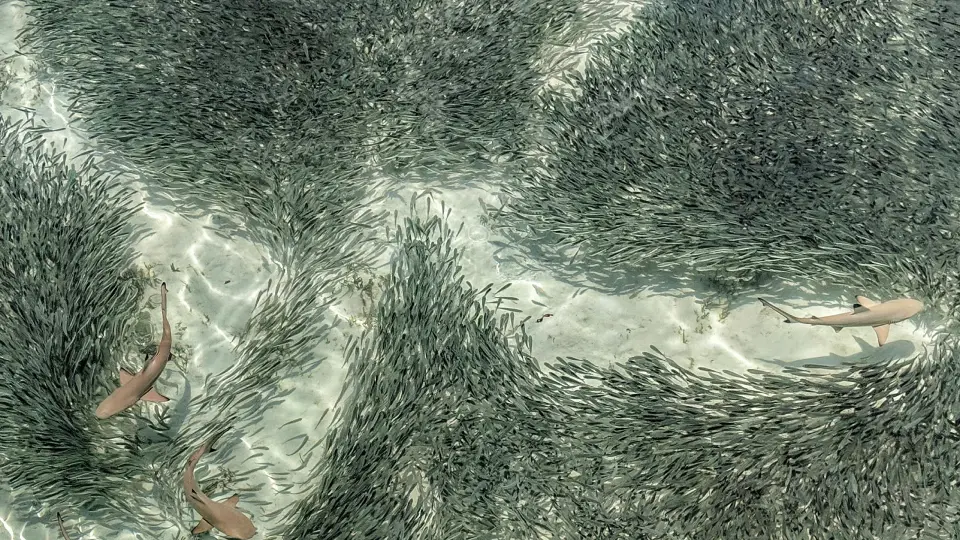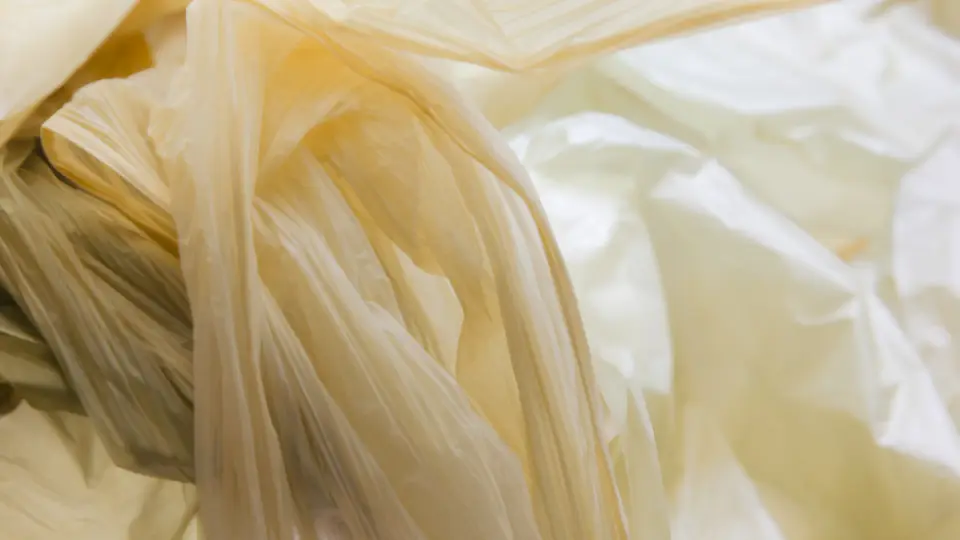Technical Insights
Microalgae
Cultivation
Using proprietary techniques, we cultivate microalgae in controlled environments. These microalgae are highly efficient at capturing carbon dioxide from the atmosphere. During their growth, they absorb CO2 and convert it into valuable biomolecules through photosynthesis. This process not only helps reduce greenhouse gas levels but also generates the essential raw materials for our products.
Bio-Raw Material Production
Our PaBio 1.0 material is a testament to our innovative approach. This biodegradable raw material is derived from the biomass produced by our cultivated microalgae. PaBio 1.0 has been rigorously tested for various applications, including biofilm and bioplastic bags, ensuring it meets the highest standards of performance and sustainability. This material offers a viable alternative to traditional, petroleum-based plastics, contributing to a more sustainable future.
Carbon Capture Technology
Our innovative carbon capture technology is at the heart of our sustainability efforts. Microalgae are natural carbon sinks, effectively absorbing CO2 from the atmosphere. During the photosynthesis process, microalgae convert the captured CO2 into organic biomass. This biomass serves as the foundational raw material for our biodegradable products. By utilizing carbon capture, we not only mitigate the impact of greenhouse gases but also provide a renewable resource that replaces fossil-fuel-derived materials, supporting a circular economy.
Technical Insights
Microalgae
Cultivation
Using proprietary techniques, we cultivate microalgae in controlled environments. These microalgae are highly efficient at capturing carbon dioxide from the atmosphere. During their growth, they absorb CO2 and convert it into valuable biomolecules through photosynthesis. This process not only helps reduce greenhouse gas levels but also generates the essential raw materials for our products.
Bio-Raw Material Production
Our PaBio 1.0 material is a testament to our innovative approach. This biodegradable raw material is derived from the biomass produced by our cultivated microalgae. PaBio 1.0 has been rigorously tested for various applications, including biofilm and bioplastic bags, ensuring it meets the highest standards of performance and sustainability. This material offers a viable alternative to traditional, petroleum-based plastics, contributing to a more sustainable future.
Carbon Capture Technology
Our innovative carbon capture technology is at the heart of our sustainability efforts. Microalgae are natural carbon sinks, effectively absorbing CO2 from the atmosphere. During the photosynthesis process, microalgae convert the captured CO2 into organic biomass. This biomass serves as the foundational raw material for our biodegradable products. By utilizing carbon capture, we not only mitigate the impact of greenhouse gases but also provide a renewable resource that replaces fossil-fuel-derived materials, supporting a circular economy.
Where to Use?
These plastic manufacturing processes are widely applied across industries such as packaging, automotive, construction, medical, and consumer goods.
Their adaptability allows for efficient, high-quality production, including sustainable alternatives using biodegradable materials.
Thermoforming
Thermoforming
Thermoforming shapes heated plastic sheets using vacuum, pressure, or force, then cools them to set. Used in packaging and automotive parts, it’s cost-effective and flexible. Recent advances include biodegradable options like algae-based bioplastics, enhancing sustainability.
Die Cutting
Die Cutting
Die cutting precisely shapes plastic sheets using a metal die, ensuring fast, efficient production of packaging inserts, labels, and gaskets. It minimizes waste and supports bioplastic materials, making it ideal for packaging, medical, and electronics industries.
Sheet Extrusion
Sheet Extrusion
Sheet extrusion melts plastic pellets and pushes them through a flat die to form continuous sheets, which are cooled, flattened, and trimmed. Used in packaging, automotive, and construction, it enables high-volume, consistent production. Recent adaptations for biodegradable plastics offer a sustainable alternative for food packaging and agricultural films.
Injection Molding
Injection Molding
Injection molding melts plastic pellets and injects them into a mold to form complex parts. Once cooled, the part is ejected. Ideal for mass production, it offers precision and efficiency but requires costly molds. Recent use of biodegradable plastics like PLA and PHA enhances sustainability.
Compression Molding
Compression Molding
Compression molding shapes preheated plastic in a heated mold under high pressure, then cools and solidifies it. Used for durable parts like automotive and electrical components, it excels in strength but is slower than other methods. Recent adaptations for biodegradable materials enhance sustainability.
Blown Film Extrusion
Blown Film Extrusion
Blown film extrusion forms thin plastic films by inflating molten plastic into a bubble, which cools, flattens, and winds into rolls. Used for bags, shrink wrap, and agriculture, it enables high-volume, cost-effective production. Recent use of biodegradable materials supports sustainable packaging.
Sheet Foaming
Sheet Foaming
Sheet foaming mixes plastic with a foaming agent to create lightweight, insulated sheets. Extruded, cooled, and rolled, it's used in packaging, insulation, and disposables. This cost-effective process reduces material use, with biodegradable options enhancing sustainability.


Products &
Solutions
Designed to fit your product specifications with eco-friendly materials

